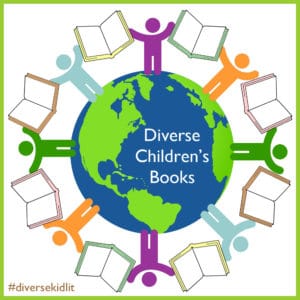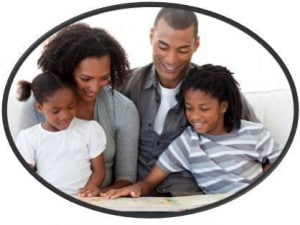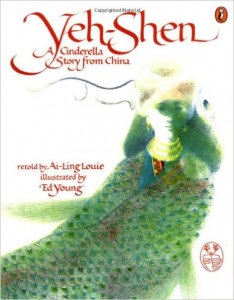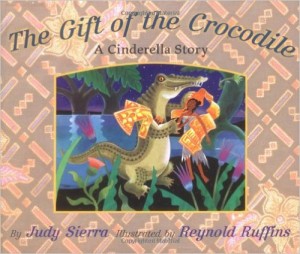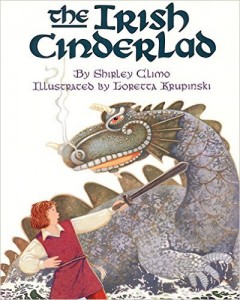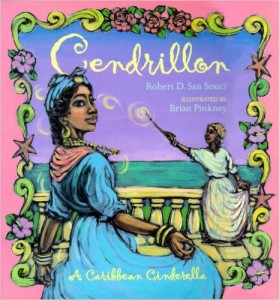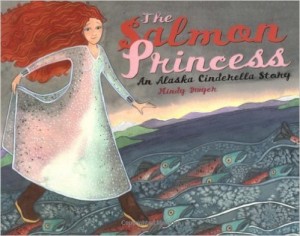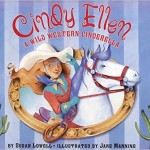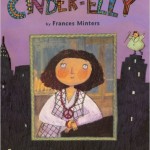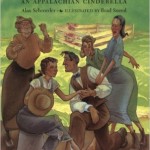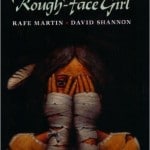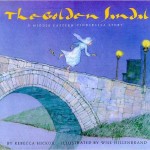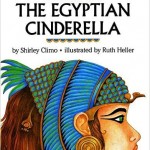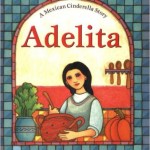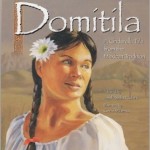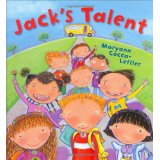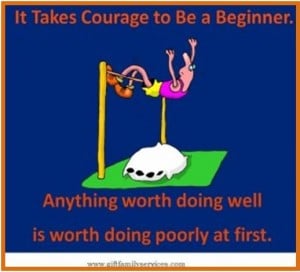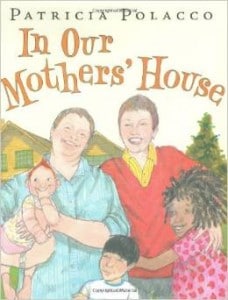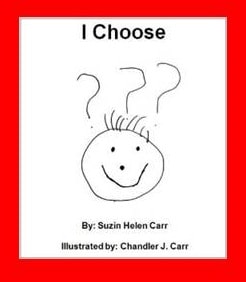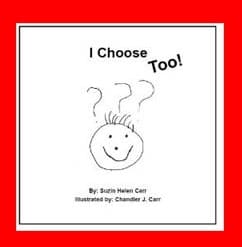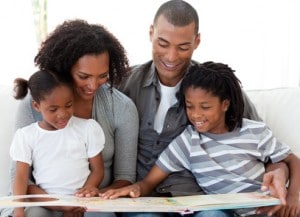
Peace grows out of a considerate mindset, heartset in action steeped in respect. Even small gestures of kindness add up to build relationships and circumstances where everyone feels heard, accepted and valued. Peace is an Offering by Annette LeBox and illustrated by Stephanie Graegin shows readers how children and adults create peace, one action, thought and emotion at a time.
Peace is too important a subject to leave to chance or to dismiss as a purely adult concern. All of us, young and old, have an abiding interest in nurturing peace. We are each safer, happier and healthier when we live in peace. Whether at home, on the schoolyard or the international stage, peace is benefits all of us. It is the blessing we can share, the dream for which we can strive and the worthy goal which can truly achieve.
Delicate watercolor and pencil illustrations set a dreamy mood that reflect wistfulness as well as possibility. The characters include a diverse ethnicities. One two-page spread depicts the NYC skyline. The text says, “… even in the wake of tragedy … in the rubble of a fallen tower … you might find her [peace] in the hat of a hero…” The story highlights ways in which we can create peace within our families, classrooms, neighborhoods and towns. While it targets children, adults who read this lovely book will be moved by its eloquent and abiding message: peace begins with each of us individually, one moment, one action, one thought at a time.
Adoption-attuned Lens 
On a daily basis news reports on terrorism, terrorists, immigrants, government policies, etc. Children overhear these conversations. with their limited knowledge and life experience, they struggle to make sense of the conversation. They struggle too, to determine their position and safety within families, communities and our country. Often they overhear the negative judgements about immigrants, people of different ethnicities. Many adoptees feel a deep sense of being “other” and will worry that they too will be seen as less-than. Less than welcome. Less than real. Less than American. This book offers a chance for parents to reassure them of their value and permanent place in families.
When families set commit to a mindset and heartset of peace, their actions and choices reflect that commitment and inspire and encourage others.
Peace is an Offering can open conversations about peace–or the absence of it. Parents can elicit children’s thoughts and concerns and then address them. They can also embark on a family project that identifies ways that they can grow peace within their family, schools, etc.
What Will You Do for Peace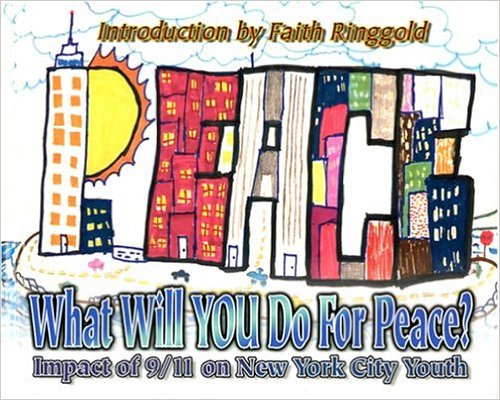 written and illustrated by New York City youth ages eleven to nineteen. The text of this book, told in their own words, reflect the actual experiences of young people on the tragic day when terrorists destroyed the Twin Towers.
written and illustrated by New York City youth ages eleven to nineteen. The text of this book, told in their own words, reflect the actual experiences of young people on the tragic day when terrorists destroyed the Twin Towers.
It captures the confusion, worry, heartache which they experienced as they tried to understand the events of that dreadful day. One child wrote, “It will live like thorns in my heart.” Another wrote, “Was America ever going to be the same? This made me think about peace.” The first half focuses on telling the children’s stories.
The book then shifts to focus on ways they could work to create peace. Each of them understood they could personally make an impact. And, they also realized that this awareness and choice-in-action must extend beyond NYC and the families who lost loved ones. They wanted to challenge all of us to recognize our personal responsibility for growing peace. The logical extension of this idea became the book’s title: What Will You Do for Peace?
Award-winning author-illustrator Faith Ringgold wrote the introduction. The question posed in the title is one which each of us answers every day in the way we think, speak and interact with others. In today’s political climate nationally as well as internationally, we face an immensely important question: What ARE we willing to do for peace? How will each of us individually choose a mindset and heartset in action for for peace? How will we expand that stance when we step into the wider world?
 Adoption-attuned Lens
Adoption-attuned Lens
The AQ suggestions for the previous book can equally apply to this book. Families can also follow the lead of What Will You Do for Peace and draw their own book depicting what they as individuals and as a family can/will do for peace. Listen to kids ideas. We can learn so much about what they think, feel and believe, especially when they are talking about something about which they feel strongly.
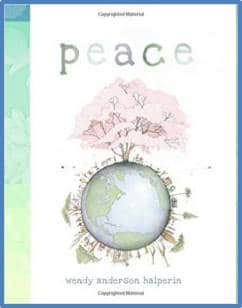 Peace written and illustrate by Wendy Anderson Halperin delights visually. The delicate and detailed illustrations convey a dreamy quality that suits the premise of the book: peace is an achievable dream. Each of us has a role to play in the creation of peace on a small scale–in families, homes, schools, neighborhoods, etc. These efforts then combine to generate a surge toward peace on a macro scale (state, country, continent, the world.)
Peace written and illustrate by Wendy Anderson Halperin delights visually. The delicate and detailed illustrations convey a dreamy quality that suits the premise of the book: peace is an achievable dream. Each of us has a role to play in the creation of peace on a small scale–in families, homes, schools, neighborhoods, etc. These efforts then combine to generate a surge toward peace on a macro scale (state, country, continent, the world.)
Halperin uses text as a drawing element. Each page displays a prominent line of text asserting a peace-connected thought . The balance of the page includes vignettes that expand on the concept. It also includes more sophisticated quotes which further elaborate of the main point.
When reading to youngsters, adults can narrate the main point and skip the more sophisticated material. For more mature audiences narrators can read all the text aloud. The gorgeous illustrations invite discussion and will appeal to all ages. Peace is a lovely book that will plant seeds of thought which can be nurtured into action.
 Adoption-attuned Lens Some of the comment details mention ideas which adoptees and their families can interpret through an adoption perspective. For example, this quote from Paul Bennett: “How do we put ourselves in other people’s shoes and really feel what they feel and then use that to fuel solutions?” Families can explore how they to help people to understand adoption better.
Adoption-attuned Lens Some of the comment details mention ideas which adoptees and their families can interpret through an adoption perspective. For example, this quote from Paul Bennett: “How do we put ourselves in other people’s shoes and really feel what they feel and then use that to fuel solutions?” Families can explore how they to help people to understand adoption better.
 Discussions about kindness appear frequently as we strive to understand how to handle the challenges and social turmoil of our current times. Although we frequently admonish children to be kind we’ve done little to educate them on how kindness might look and sound, and feel. These are important parts of the relationship equation which children need to learn.
Discussions about kindness appear frequently as we strive to understand how to handle the challenges and social turmoil of our current times. Although we frequently admonish children to be kind we’ve done little to educate them on how kindness might look and sound, and feel. These are important parts of the relationship equation which children need to learn.


